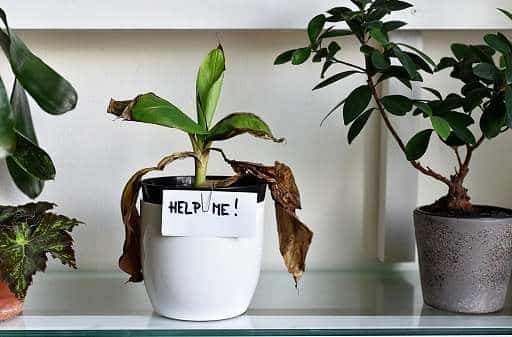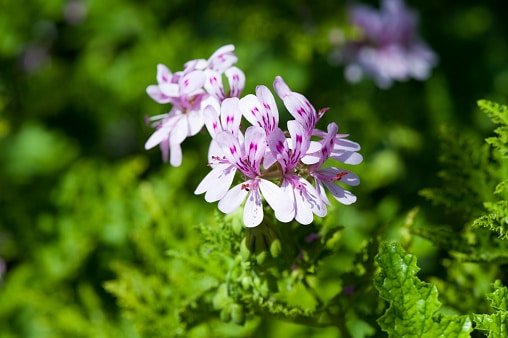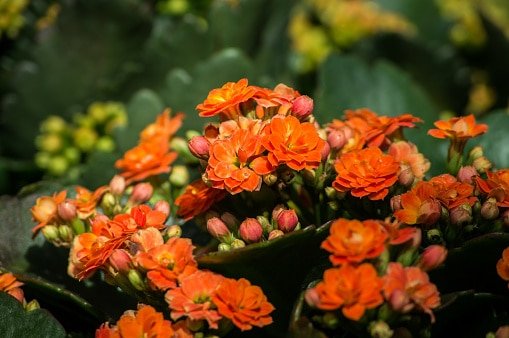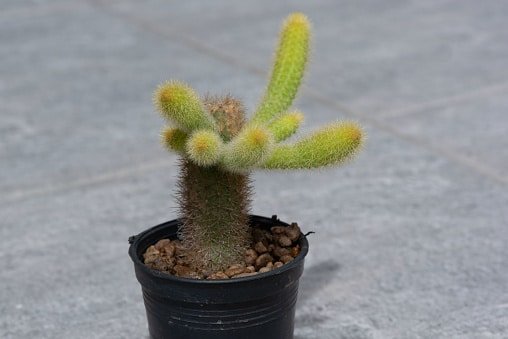Many gardeners have the question, why are all my plants dying and how can I save them?
Are the leaves of your houseplants shedding? Are the leaves turning yellow? The beauty of the plant is decreasing day by day? Is the plant slowly dying? Can’t think of what to do? Here is a simple solution for you. Today you will learn why all your plants are dying and how to save them.
You have planted various types of indoor plants in your house with a lot of passion. If they start dying slowly and facing various problems then it will be quite depressing for you.
When a tree is damaged in any way it manifests itself in different ways. Such as leaf drop, the leaves turning yellow, yellowing of leaf tips and edges, stem rot, blackening of stem, brown or black circular spots on leaves, dry leaf tips, leave rot etc.
The sooner you see any signs of plant damage and take steps to prevent it, the sooner your plant will recover and survive.
Why are all your plants dying? Reason behind it.
There are many reasons why indoor plants die. Now you will know in detail about several reasons for which your indoor plant is slowly starting to die.
Overwatering
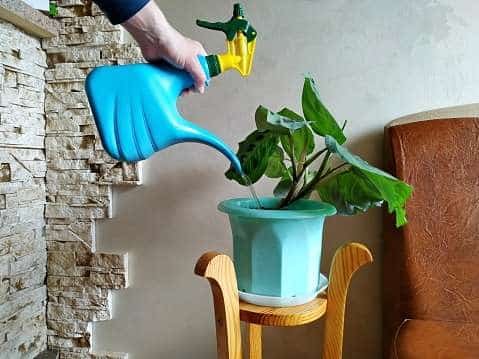
Overwatering the plants depletes the oxygen content of the soil and the roots of the plants begin to rot due to prolonged exposure to water.
Due to root damage, nutrients and essential water from the soil cannot go to the entire plant, resulting in a lot of damage to the plant.
Even with excess water at the base, the damaged roots cannot supply the required water to the entire plant, causing the leaves to turn yellow and drop and become burnt or scorched.
Underwatering
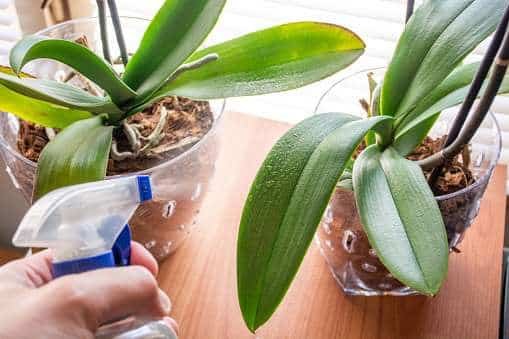
As much as over-watering the plant is harmful, if it is not given enough water according to its needs, the plant will be quite damaged.
If you give too much water, the roots rot and the nutrients cannot reach the whole body. Similarly, if you water less, the nutrients do not reach the whole body of the plant due to lack of water.
Underwatering causes brown leaves. If you don’t water the plant as much as it needs, the leaves start to turn brown and fall off. If you don’t take care of it, this browning will continue and eventually the entire plant will turn brown and the plant will die.
Food
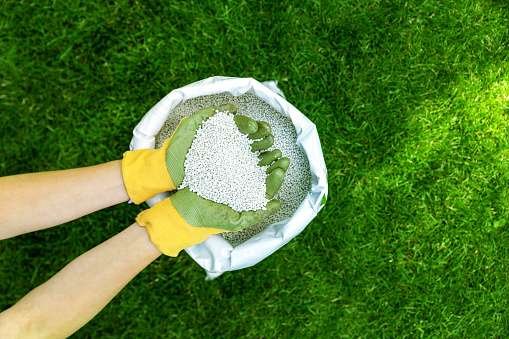
A plant is an organism like an animal. Just as animals need food to survive, plants also need food to survive.
Different types of nutrients obtained from the soil are considered as the main food for plants, besides, plants can make their own food by combining sunlight and water.
Although the house plants in our house make their own food, sometimes they need to apply some fertilizer for additional nutrition. We have to be careful in applying this fertilizer, because if we apply too much fertilizer, the plant may die.
Light
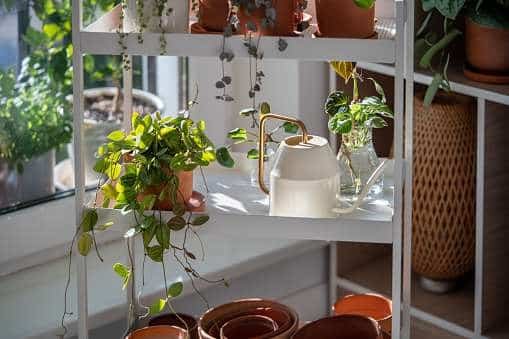
Sunlight is an essential element for a healthy plant and its healthy growth.
Plants that grow outdoors need bright direct sunlight to thrive. But the plants we plant inside of our homes most of the time they do not need direct sunlight, they need filtered sunlight.
Of all indoor plants that don’t like direct sunlight, placing them in direct sunlight can cause sunburn and scorch the leaves. So they need to be placed in a place that gets indirect sunlight. But there are some plants that do well outdoors and indoors too. If you plant them indoors, make sure that they get enough sunlight.
Infestation
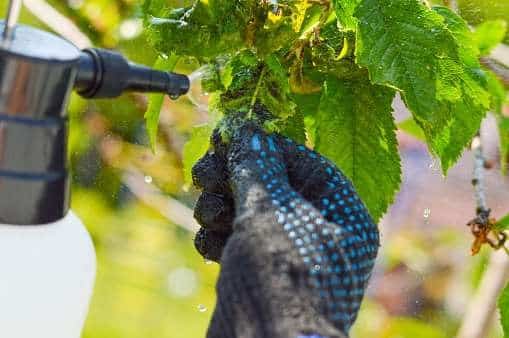
One of the most common problems for plants is infestation. When you notice your plant has an extra layer on its leaves, it’s probably due to an infection or infestation.
When you notice brown black spots with yellow around them in the middle of the leaves, down by the stems or on the edges of the leaves. It can be a bacterial or fungal infection.
How to save dying plants? What can I do?
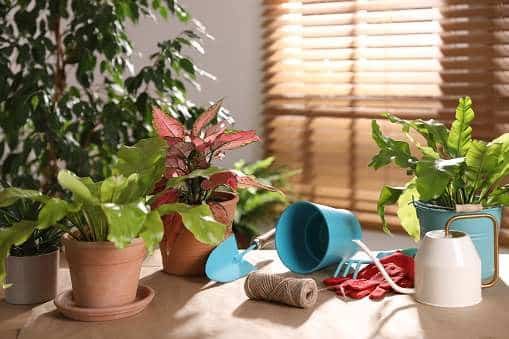
If your plants begin to drop and die, what should you do? You can learn about it in this part of the blog post. Here’s what you need to do for your dying plants-
Provide adequate sunlight
There is no substitute for adequate sunlight for plant growth. If you keep the plant in a dark room out of direct sunlight, chances are the plant will die very quickly. On the contrary, if you place the indoor plant in direct sunlight, chances are that the leaves will burn and the plant will eventually die.
So keep your indoor plants in a place that gets enough sunlight. Most indoor plants do best in bright indirect sunlight.
Provide suitable ventilation
Keeping plants in a closed room with no air circulation is not good for plant growth at all. The plant needs to be placed in a place where there is good air circulation for the plant to grow well.
Check the air humidity
There are many indoor plants that require moist air to grow well. The leaves of the plants become crusty and fall off in the dry air.
Therefore, if you keep plants indoors that require humid air to grow, always ensure that the surrounding environment is humid or moist.
Do not over water
If you notice that your plant’s leaves are turning yellow and falling off, it’s probably due to overwatering the plant.
Most of the time the roots are damaged or rotted due to overwatering, as a result the transport of plant food is interrupted and the plant begins to die. So never overwater the plant.
Do not under water
There is no alternative for water to keep the plant’s food transport system in good condition.
If you notice your plant’s leaves turning brown it is caused by under or less watering. So treat them with enough watering.
Point to be noted, indoor plants need less watering than outdoor plants. After inserting your finger into the soil of the tub, if you see that the soil is completely dry, then add water.
Be concerned about the potting mixture
What you add to the potting soil plays a major role in plant growth. So be careful with the potting mix because adding any extra fertilizer to your potting mix can be harmful to your plants.
Provide drainage
Excess water or excess fertilizer is not good for plants. It is best to keep everything in moderation for plant growth. If more than necessary water is given at any time, it should be drained so that it cannot damage the plant.
Cut off infected and damaged stems and leaves
If any part of the plant is infected with fungus or bacteria, it is best to cut that part. Because if you keep the infected part of the plant, the infection can easily and quickly spread to your entire plant.
So cut off the affected and damaged stems and leaves for healthy growth of the plant.
You can save your plants sooner when you know why all your plants are dying and how to save them. Give your dead plants a vibrant life by following the tips and tricks mentioned in the article.

